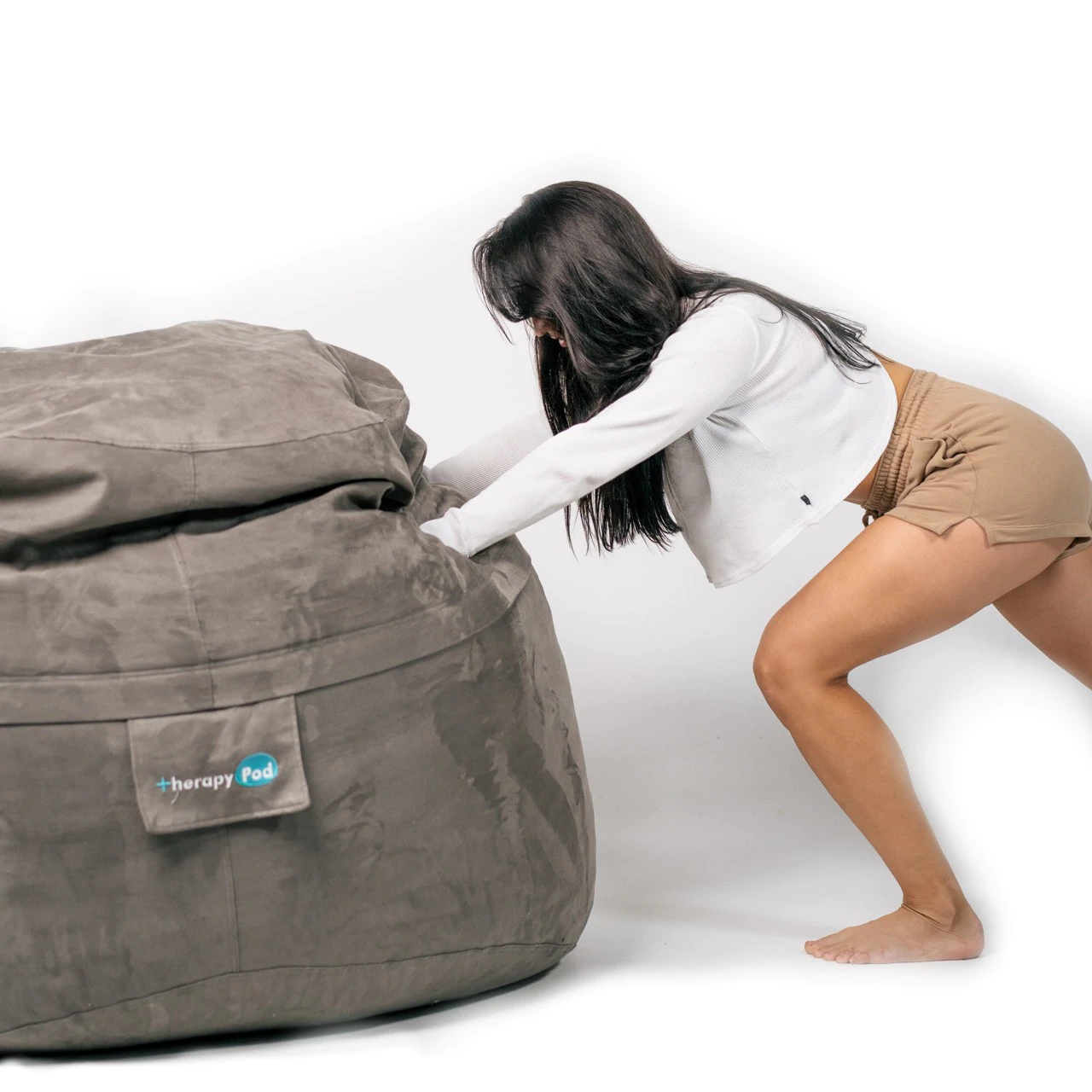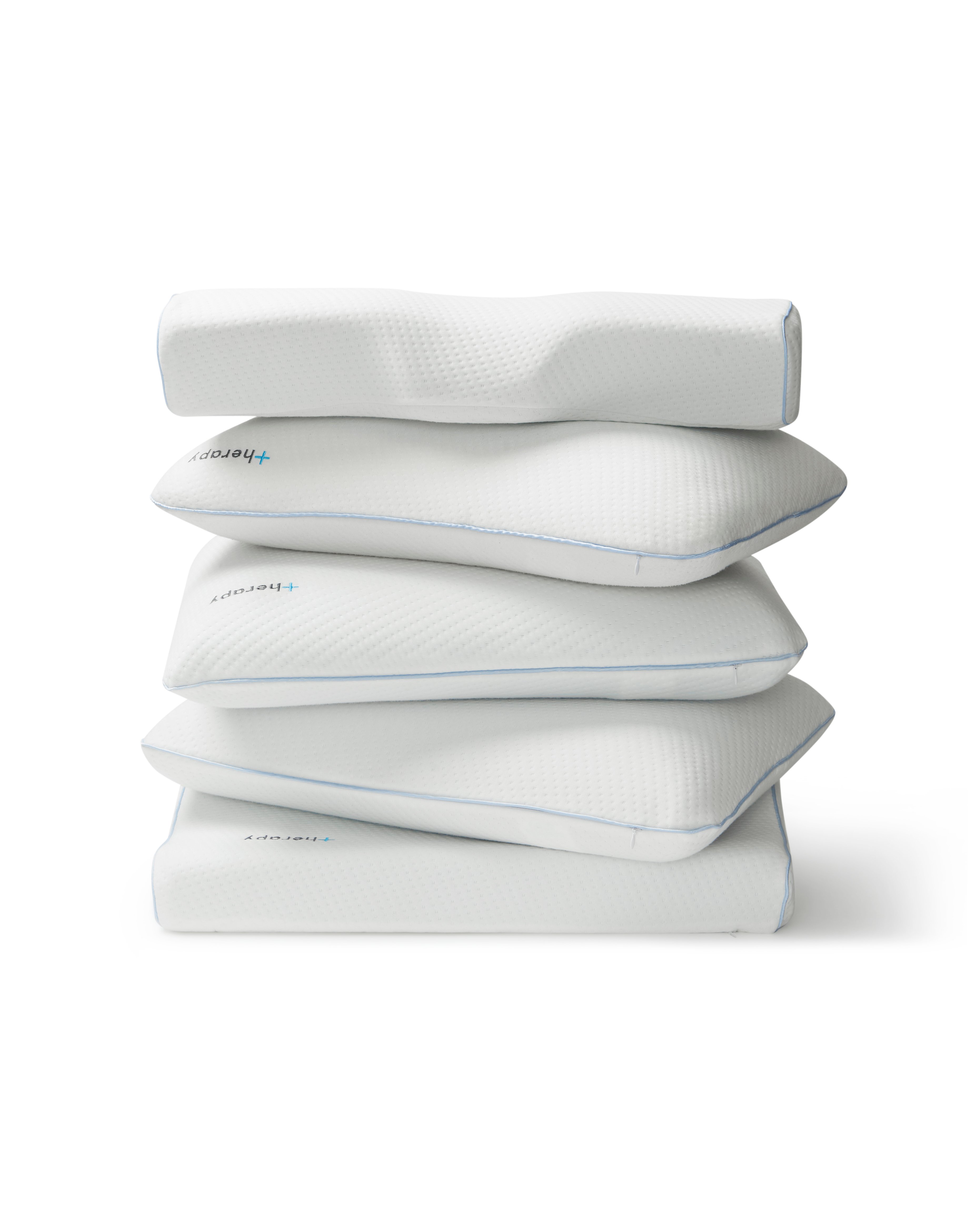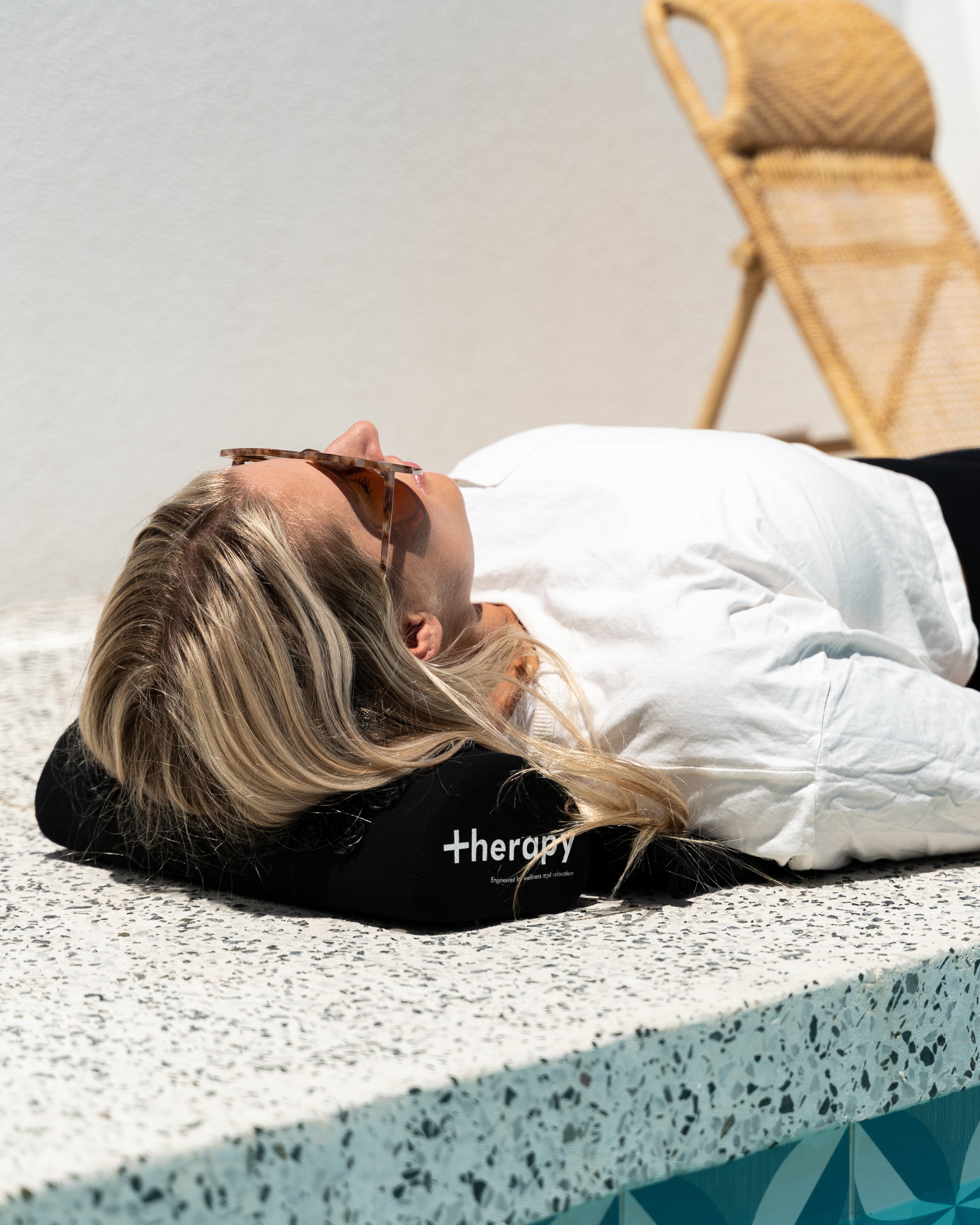Almost 60 per cent of Aussies have trouble falling or staying asleep. Not surprisingly to some, significantly more females lie awake worrying about getting a good night's sleep than males.
Thankfully, waking up feeling rested and ready to start the day can be a dream come true. The results of a Swedish study found that weighted blankets could reduce the severity of insomnia. Daytime fatigue also decreased, so the participants were more active. Not only that but their depression and anxiety decreased significantly too.
All without medication.
Scientists have found it's not just the warmth, but the weight of the blankets that calm and soothe us off to sleep. Before lightweight doonas became the norm, you may remember feeling cozy and soothed under many heavy woollen blankets on a cold, wintery night. Weighted blankets achieve the heavy feeling without being so hot.
Weighted blankets may reduce the need for sleep medication
Another Swedish study showed that weighted blankets could reduce the need for sleep medication. In the largest study of weighted blankets of its kind, all adults registered with a psychiatric diagnosis in the region Västra Götaland on Sweden's west coast took part in the study. Scientists recorded the medication used by the participants during the year leading up to sleeping with a weighted blanket and for a year after.This mammoth study showed that younger patients and those diagnosed with unipolar depression, anxiety, PTSD or ADHD could significantly reduce their sleep medication by sleeping with a weighted blanket.
Kids with ADHD may fall asleep faster using weighted blankets.
It's not only adults that benefit from the calming effects of a weighted blanket. There's also scientific evidence showing that kids with ADHD could sleep better too.Many kids with ADHD struggle with sleeping. This study consisted of 8 to 13 year old kids sleeping for a fortnight with a weighted blanket and another two weeks without one. The 21 kids with ADHD were compared to 21 kids without the diagnosis.
Scientists found that falling asleep was quicker for the ADHD kids when using the weighted blanket. They actually took the same amount of time to fall asleep as the kids without ADHD. This led to improvements in the classroom, with attention and activity levels improving by 10 per cent. Behaviour at school was also improved, leading to better relationships with teachers and other classmates.
What is a weighted blanket?
A weighted blanket generally weighs about 10 per cent of your body weight. So, if you weigh between 55kg and 80kg, you would need a 7kg blanket to experience the full benefits. For children that weigh about 30kg, using a 3kg weighted blanket is similar to many layers of woollen blankets on a cold night, but without the heat.The weight is produced with small glass dura beads, which prevent you from getting too hot. These small beads are sewn evenly into 10 x 10cm pockets across the surface of the blanket, similar to the feathers trapped in a doona. The beads add weight but won't trap heat like a blanket of the same weight.
The length and width of the blanket are shorter than a doona. That's because the blanket is made to cover you, not keep you warm. Its sole purpose is to provide you with comforting therapy.
What is a therapy blanket?
Occupational therapists (OT) have known the sensory benefits of weighted blankets for years, which is why they're referred to as therapy blankets. The pressure from the heavy blanket gives the same sensation as a hug, releasing the hormone oxytocin. Oxytocin plays a central role in relaxation, pain tolerance and sedation, which is why hugs feel so good. The deep pressure from the blanket is like the sensation of touch. The blanket helps the body become aware of its limits and provides confidence while you sleep.
OT's claim it's the proprioceptive system that's really affected. This system is responsible for making us aware of our space, including our coordination, posture and body awareness. We receive input from our proprioceptive system from receptors in our skin, muscles and joints. These are the areas the blanket applies pressure to while we sleep.
Tossing and turning are also reduced because of the added weight on your body. All that energy spent during a restless night's sleep can be better spent during the daytime. When you actually need it.
Do weighted blankets really work?
Weighted blankets provide an even distribution of weight across your entire body while you sleep. Just like a hug, the pressure is calming, relaxing your body and mind. So, drifting off to sleep is quicker and deeper. The nervous system is calmer. The day's stress and worries are released. You actually feel safer and secure.You'll find that worrying about sleep is reduced because you'll simply enjoy feeling snug and comforted. Naturally, you fall asleep soundly from feeling so cocooned and relaxed, ready to wake refreshed and start the day!





